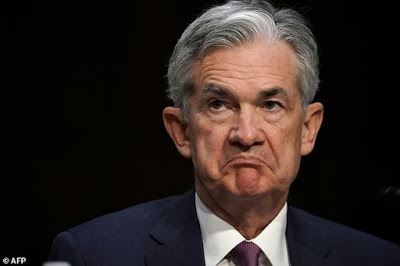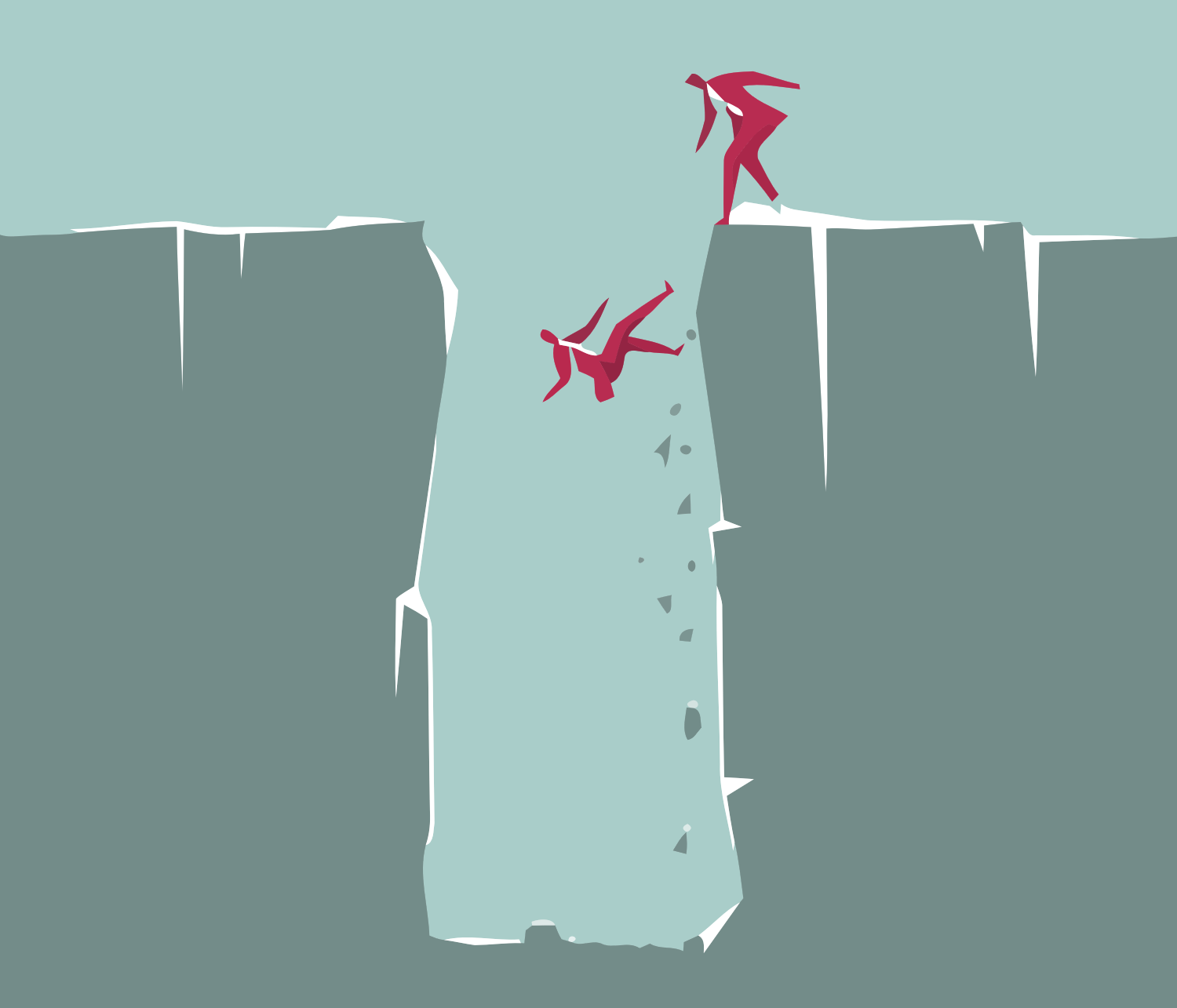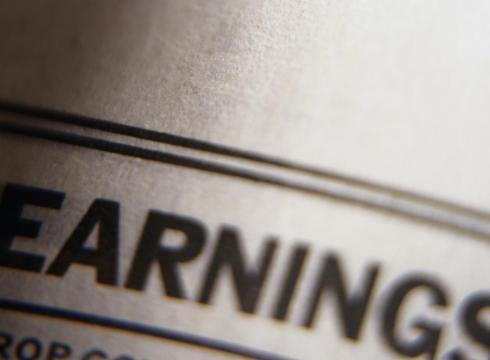by Greg Blotnick, CFA, via CFA Institute
Buy-and-hold investors have a litany of primers that lay out the road to riches.
Just follow in the footsteps of Warren Buffett’s Berkshire Hathaway shareholder letters, Seth Klarman’s Margin of Safety: Risk-Averse Value Investing Strategies for the Thoughtful Investor, or some other selection from the value investing canon.
Sticking to the path requires considerable discipline, but the route itself is simple and timeless.
Short sellers, on the other hand, don’t have so well-traveled a course mapped out for them. This leaves us two options: Make our own mistakes, or learn from those who have already made them. I’ve found the latter approach is far cheaper.
With that in mind, I have compiled a collection of helpful insights from some of the more well-known bears and long/short portfolio managers on how to size shorts, manage risk, and most importantly, avoid margin calls.
Size Them Small
Because of its inherent risk asymmetry, a short position demands more frequent maintenance than a buy-and-hold investment. As the stock moves against you, it becomes a larger part of your portfolio, taking up not only financial capital, but valuable mental capital as well.
The most prolific short sellers, whether Jim Chanos, John Hempton, J. Kyle Bass, or Lakewood’s Anthony Bozza, preach the same gospel: Open shorts no larger than a 2% to 3% position and be prepared to cover over 5%. Why? At some point in every bear’s career, a 5% short doubles on them and becomes a 10% position. The stress of managing a short of this size or more will strain your financial capital as margin may not be free for more attractive shorts. Moreover, it will squeeze every ounce of your mental capital as you neglect the rest of your portfolio.
The takeaway: Leave money on the table every single time. Concentrate your focus and your funds on the long side where your risk is limited to just the capital deployed.
- “Domestically we have 50 names. Typically no one position will ever be more than 3% or 4% of the portfolio.” — Jim Chanos
- “We size our positions between 5% max and min 1/2% (or it’s not worth doing the research and going through the trouble to short.) Whenever a position gets too big, we reduce it to keep it inline with the intended % of capital amount.” — Jim Chanos
- “There is a reason why our shorts are numerous and small. When you get one wrong it REALLY hurts. So far we have not had too many errors (and our short-returns are off-the-scale good) but it will not always be that way. Solution: Do 50 plus — all small — and then one bad one is not going to matter. The losses of 4.5 times your initial investment is a real short disaster, but if your initial position is 1 percent — and you lose it over two years it hardly matters.” — John Hempton
- J. Kyle Bass said it best: “Never set yourself up for the knockout punch.”
Pay Attention to Leverage
A common investor mistake — on both the long and short side — is to focus solely on market capitalization while ignoring enterprise value. This is a far more dangerous error on the short side, for obvious reasons.
If you are short a levered equity and the business inflects higher, you can lose multiples of your invested capital. This happens most often in oil and gas and basic material stocks — businesses that often have the deadly combination of high operating costs and financial leverage.
- Chanos’s words here apply to long investors, but the lessons are the same for short sellers: “If you are shorting a leveraged company, with 90% of the capitalization in debt and 10% in equity, a 50% decline in the stock price only wipes out 5% of the total capitalization. You have to look at the total capitalization. In some of these cases the total capitalization is only down a little while cash flow has been cut by 75%. This is the reason some investors get killed in value traps. They look at the stock and they don’t look at the total capitalization. They don’t realize that the debt burden is forever, meaning it’s not shrinking, whereas the equity capitalization may fluctuate in the market. If the cash flows have diminished dramatically the company’s ability to service the debt, then the stock going down by half doesn’t mean anything. You could still be at risk of losing all [your] capital.”
Never Go Net Short
The intellectual and psychological appeal of short selling is well-documented, but there are two indisputable market truths:
- The US stock market has risen over time.
- The Wall Street sausage machine exists to push stocks higher.
Almost every prominent hedge fund aims to maintain net exposure in the 20% to 50% range depending on the risk and reward of individual positions, and perhaps, for some managers, a macro overlay.
- “In practice, we have more long exposure than short exposure because our shorts tend to have greater market sensitivity and volatility than our longs. Also, the market tends to rise over time and we wish to participate.” — David Einhorn
- “I think making money on the long side is a more fruitful activity, but from a portfolio-management standpoint, the shorts give you the staying power to live through difficult market conditions. In a perfect world, you should be able to make money on both your longs and your shorts in the long run.” — Daniel S. Loeb
- “Given the disadvantages of shorting, we at Maverick want a long bias, but this bias must be low enough that our returns are not correlated with the market and also low enough that we have the ability to make money in down markets.” — Lee S. Ainslie III
- “Our short exposure is achieved by shorting individual stocks, which I think is increasingly unusual these days. But to us, it’s critical, because we want to add value on both the long side and the short side. If you use market-related indexes to create your short exposure, by definition it’s not going to add value.” — Lee S. Ainslie III
- “The most profitable kind of investing is long term investing. You want to allow the time that it might take because you don’t know when the market will catch on. If you can find a business with good management, with good industry fundamentals blowing it forward, you have a good opportunity and you can save money on taxes.” — Li Lu
- “A short cannot be a fundamentally long term position. In the long game, the upside is unlimited. Your downside is 100%. In shorting it is opposite. Shorting is also essentially borrowing, so you need money and time on your side. If time is not on your side, you can be right but lose all your money. The best kind of short usually has some kind of fraud. In those situations, management is determined to keep the fraud. . . . So shorting is a short term game. When those positions go against you, there is huge leverage that can utterly crush you.” — Li Liu
- “In theory, long/short is okay, but if you are trading all the time you need to be in tune with all the things moving the market. None of them might be fundamental to the actual business. So you spend all your time chasing noise [rather] than studying a long term situation. If you cannot concentrate on things in the long term, and spend all your time thinking about the short term, you will not be able to develop the kinds of insights necessary to identify great investments.” — Li Liu
- “From time to time, you will lose some money on paper. But it is just part of the game. This is why I closed long/short. You know I went through three bubbles. The Asian Financial Crisis, the Internet Bubble, and this most recent financial crisis. The biggest mistake I made is not being able to pick up undervalued companies where I had a unique insight but was tied up with this whole longf/short thing. The money I left on the table is still adding up. I am still paying for those mistakes.” — Li Liu
This quote from J. P. Morgan says it all:
“Remember, my son, that any man who is a bear on the future of this country will go broke. There may be times, when things are dark and cloudy in America, when uncertainty will cause some to distrust and others to think there is too much production, too much building of railroads and too much development in other enterprises. In such times and at all times remember that the great growth of that vast country will take care of all.”
While short selling can be a rewarding exercise and balance out your long book, never forget that there are no short sellers in the Forbes 500. The big money is always made long.
If you liked this post, don’t forget to subscribe to the Enterprising Investor.
All posts are the opinion of the author. As such, they should not be construed as investment advice, nor do the opinions expressed necessarily reflect the views of CFA Institute or the author’s employer.
Image credit: ©Getty Images/fandijki
Copyright © CFA Institute













